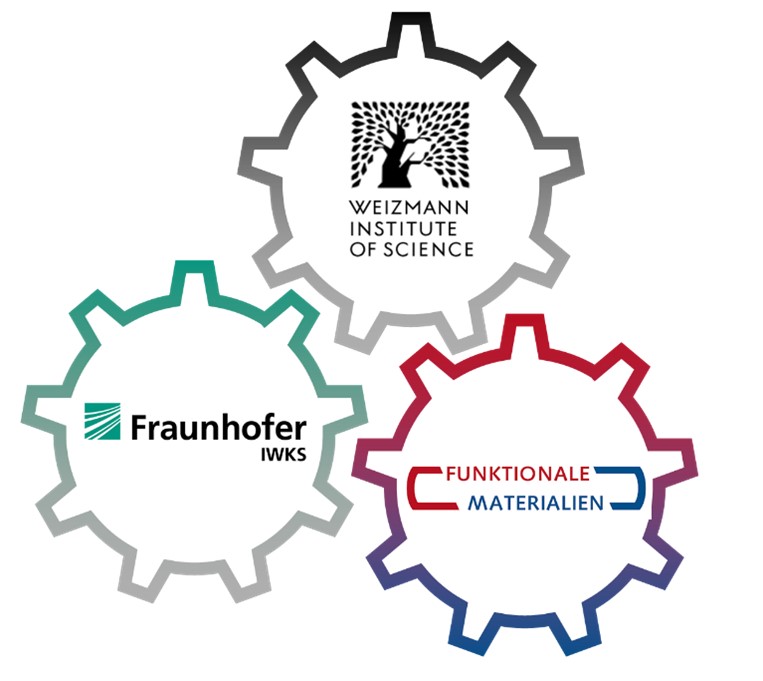Challenges:
Nd-Fe-B magnets contain rare earths, the procurement of which is associated with various challenges and must be considered critical. On the one hand, the market for rare earths is dominated by a monopolistic value chain, which makes Europe economically dependent. On the other hand, the mining of rare earths is associated with environmental impacts, as it relies on traditional mining methods. In addition, there is a need for optimisation in the production of magnetic materials with complex geometries, as material loss is particularly high in this area.
Solution approach:
Recycling can make an efficient contribution, as materials from the technosphere are used and the need for primary mining is reduced. Using additive manufacturing, metallic samples with complex geometries can be produced in small quantities. The manufacturing technology is also suitable for the production of functional materials such as magnetic materials. This allows samples to be produced that would not be possible using conventional methods. For successful implementation, the starting materials must be adapted to additive manufacturing technology.
Results:
Combination of recycling and additive manufacturing: MagCycleAM aims to combine sustainability aspects through recycling and manufacturing diversity through additive manufacturing technology. Three recycling technologies based on hydrogen, gas atomisation and electrolytic embrittlement are being tested to produce powder for additive manufacturing from old magnets. This is possible with lower energy consumption, less waste and without the use of hazardous chemicals. In order to further reduce energy consumption and material waste, the powders obtained are used for additive manufacturing to print magnetic materials for sustainable and efficient production and a comprehensive material cycle. The high geometric freedom compared to conventional manufacturing can enable new magnet designs, which can lead to further optimisation of applications. All processes for recycling and magnet production are evaluated using life cycle assessment.
